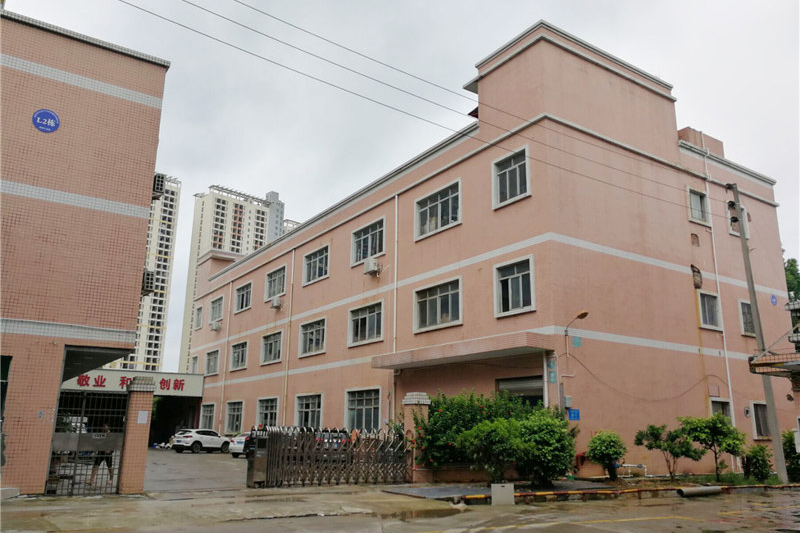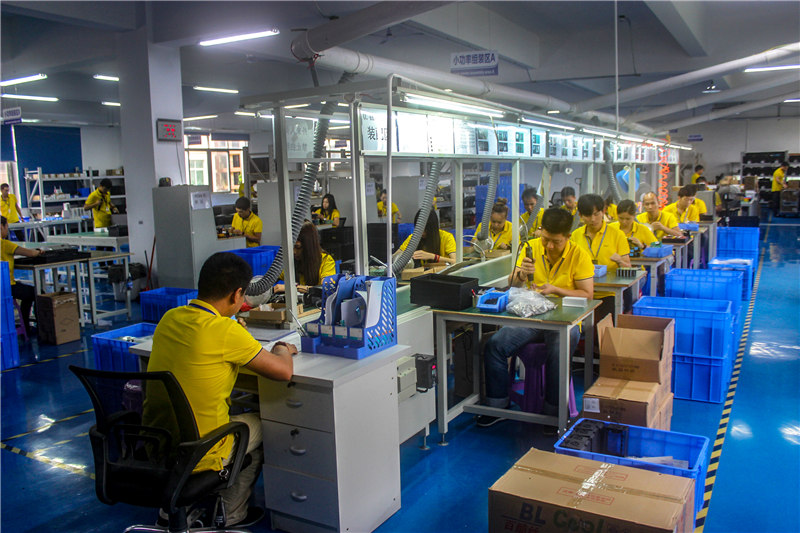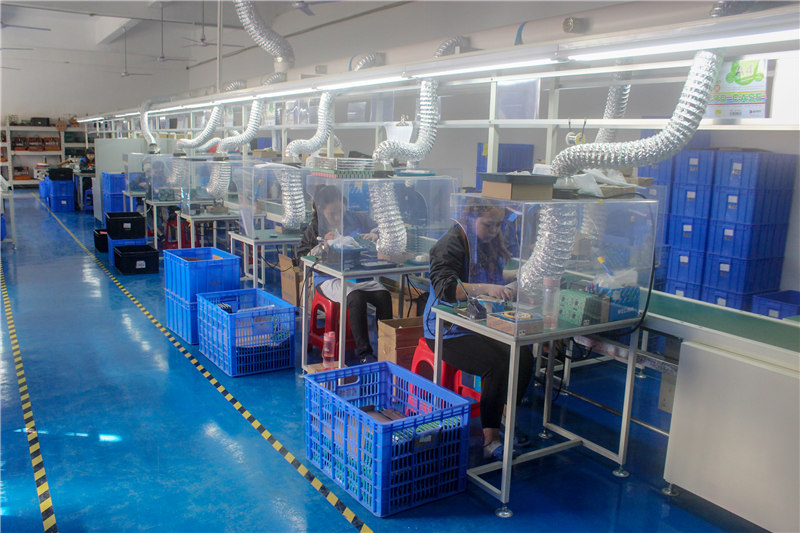Industry News
Key Drivers Fueling the Global VFD Market
Times:2025-04-11 Views:94
Introduction:Amidst the global wave of industrial automation and energy efficiency improvement, the Variable Frequency Drive (VFD), as a core component of motor control, is facing unprecedented development opportunities. This report aims to focus on the latest dynamics in the VFD field, deeply analyzing the impact of new international policies, the growth trends revealed by new industry data, government-driven industry transformations, the immense future potential, and the iterating key technologies, in order to present a clear and forward-looking industry picture for users.
I. International Policy Direction: Green Energy Saving Becomes a Global ConsensusGlobally, promoting energy efficiency and reducing carbon emissions have become important policy directions for governments worldwide. Several new international policies directly benefit the VFD industry in the industrial sector:
- The EU's "Energy Efficiency Directive": Continuously raises energy efficiency standards for industrial equipment, encouraging the adoption of more efficient motor control technologies. VFDs are highly regarded for their significant energy-saving effects.
- The US "Industrial Motor Efficiency Standards": Constantly updates and raises the minimum efficiency requirements for industrial motors, prompting enterprises to upgrade their motor drive systems, making VFD application a key means to meet standards.
- Green Development Strategies in Emerging Economies: An increasing number of developing countries are prioritizing green and sustainable development, encouraging industrial enterprises to adopt energy-saving and emission-reduction technologies through policy subsidies and regulatory guidance, bringing new growth points to the VFD market.
The common feature of these international policies is the emphasis on energy saving and emission reduction. As VFDs precisely control motor speed to achieve supply based on demand, significantly reducing energy consumption, they have gained widespread policy support globally.
II. New Industry Data: Market Scale Continues to Expand, Application Fields BroadenIn recent years, the global VFD market has shown steady growth. According to the latest industry reports and market research data:
- Market Scale Continuously Expanding: It is expected that the global VFD market will maintain a Compound Annual Growth Rate (CAGR) of 5%-8% in the coming years, with the market size potentially exceeding XX billion USD by 202X. This growth is mainly driven by strong demand in multiple fields such as industrial automation, new energy, HVAC, and water treatment.
- Emergence of New Application Fields: Besides traditional industrial sectors, the application of VFDs in emerging fields like electric vehicle drive systems, smart buildings, and agricultural automation is also showing rapid growth, injecting new vitality into the industry.
- Asia-Pacific Region Becomes Growth Engine: The Asia-Pacific region, especially emerging economies like China and India, has become the main driving force for global VFD market growth due to its vast manufacturing base and rapid industrialization process.
This new data clearly indicates that the VFD market is in a phase of rapid development and diversified application, holding enormous market opportunities.
III. Strong Government Promotion: Industrial Upgrading and Energy Structure OptimizationGovernments in various countries play a crucial role in promoting the development of the VFD industry:
- Policy Support for Industrial Upgrading: Many countries list high-end equipment manufacturing and industrial automation as strategic emerging industries, encouraging enterprises to increase investment in VFD research, development, and production through fiscal subsidies, tax incentives, and other policies to promote industrial upgrading.
- Driven by Energy Saving and Emission Reduction Targets: To achieve energy saving and emission reduction goals, governments issue relevant regulations, mandating or encouraging industrial enterprises to adopt variable frequency speed control technology and phase out high-energy-consuming traditional motor drive methods.
- Boosted by New Energy Strategies: In new energy fields such as wind power generation and solar energy, VFDs, as key equipment for energy conversion and control, receive strong government support, promoting their widespread application in the new energy industry.
Active government guidance and policy support provide a solid foundation and strong momentum for the rapid development of the VFD industry.
IV. Future Potential: Intelligence and Efficiency Lead to Broad ProspectsLooking ahead, the VFD industry shows tremendous development potential, mainly reflected in the following aspects:
- Industry 4.0 and the Wave of Intelligence: With the deepening advancement of Industry 4.0 and smart manufacturing, higher requirements are placed on equipment intelligence and interconnectivity. Smart VFDs equipped with Internet of Things (IoT) capabilities, edge computing power, and self-diagnostic functions will become the future trend, enabling more efficient production management and predictive maintenance.
- Continuous Pursuit of Energy Efficiency: Against the backdrop of increasing global emphasis on energy efficiency, VFDs with higher efficiency and lower losses will continue to be favored by the market. VFDs using new power semiconductor materials (such as SiC and GaN) will further enhance energy efficiency levels.
- Customization and Industry-Specific Solutions: Different industries have varying demands for VFD performance and functions. In the future, customized VFD solutions for specific industries (such as petrochemicals, rail transit, textiles, etc.) will become an important development direction.
- Integration of Green Energy and Energy Storage: With the popularization of renewable energy and the development of energy storage technology, the application of VFDs in areas like photovoltaic (PV) inverters and energy storage converters will experience explosive growth.
It is foreseeable that the future VFD market will be more intelligent, efficient, and specialized, possessing broad development prospects.
V. Key Technological Iterations: Innovation Driving Product UpgradesTo meet evolving market demands and technical challenges, the VFD industry is undergoing rapid technological iteration:
- Application of New Power Semiconductor Devices: The use of wide-bandgap semiconductor materials like Silicon Carbide (SiC) and Gallium Nitride (GaN) significantly improves VFD performance in terms of voltage resistance, switching frequency, on-resistance, and heat dissipation, achieving higher efficiency and smaller volume.
- Advanced Control Algorithms: Continuous optimization and application of more advanced motor control algorithms such as Field-Oriented Control (FOC) and Direct Torque Control (DTC) improve the accuracy and dynamic response speed of motor control, further enhancing the overall system performance.
- Integration of Intelligence and Networking Technology: Incorporating technologies like Artificial Intelligence (AI), Machine Learning (ML), Internet of Things (IoT), and Industrial Ethernet into VFD design enables remote monitoring, fault diagnosis, parameter optimization, and interconnection with other devices, building intelligent industrial control systems.
- Sensorless Control Technology: Precisely controlling the motor by estimating its state through algorithms, eliminating the need for additional sensors, reduces system cost and complexity while increasing reliability.
-
Maturity of Energy Regeneration Technology: Energy regenerative VFDs can feed the energy generated during motor braking back to the grid or energy storage devices, realizing energy reuse and further improving the system's energy efficiency.

The continuous breakthroughs and applications of these key technologies will drive VFD products towards higher performance, greater intelligence, and enhanced reliability.
Conclusion:Guided by positive global policies, sustained growth in market data, strong government promotion, and continuous technological innovation, the VFD industry is entering an era full of opportunities and challenges. Grasping industry development trends and focusing on technological iteration directions will help enterprises gain advantageous positions in fierce market competition and contribute to achieving a more efficient, intelligent, and greener industrial future.









